Jupiter’s 64 Small Moons
The Irregular Shaped Moons!
There have been 65 irregularly shaped small moons discovered to date, that orbit in three regions around Jupiter (as defined by astronomers). The moons are believed to have quite different origins and histories depending on their locations, but relatively little is known about them as only the 4 small inner moons have been imaged by the Voyager spacecraft flybys and the Galileo spacecraft's orbital mission between 1995 and 2003.
Interesting Facts About The Little Moons!!
- In the year 1610, the Italian astronomer Galileo Galilei discovered the 4 largest moons, it wasn’t until 1892 that the 5th largest (Amalthea) was discovered. The 20th century saw the gradual discovery of the remaining small moons as technology developed.
- Jupiter currently has the most moons of any planet in the Solar System. This is largely because it has the largest gravitational field.
- Of Jupiter’s 69 discovered moons, 53 have official names with 16 yet to be named!
- The moons of Jupiter are divided into two main groups (the Regular moons & Irregular moons) with each group divided further as follows;
- Regular Moons - those with near circular prograde orbits
- The Inner moons which are 4 small irregularly shaped moons (which included Amalthea) that are tidally locked and create the dust for Jupiter’s faint rings are less than 200km in diameter!
- The 4 large Galilean Moons (Io, Europa, Ganymede & Callisto) comprise a whopping 99.999% of the mass of Jupiter’s moons!
- Irregular Moons - those with elliptical or retrograde orbits
- Prograde Groups
- Themisto moon, the Himalia group and Carpo moon
- Retrograde Groups
- Came group, the Ananke group & Pasiphae group.
- Prograde Groups
- Regular Moons - those with near circular prograde orbits
- Except for several of the small irregular moons such as Himalia (with a diameter of 170 km) the majority of the outer 61 moons are believed to only have a diameter of between 1 and 5 km. Very small indeed!
- The small moons of Jupiter take as little as 7 hours (for the two closest small Inner moons) to nearly 3 Earth years (for the most distant of the small irregular moons) to complete an orbit!
- The orbits of the 4 small regular inner moons are practically circular, orbit above the planets equator and in a prograde direction. These moons may have been formed from the protolunar debris cloud or they could be captured asteroids.
- The orbits of the 60+ moons that orbit beyond the Galilean Moons have highly irregular orbits, with the outer 33 moons orbiting in a retrograde direction!
- The irregular orbits and retrograde direction of many of the small moons indicated to scientists that these are likely to be asteroids which strayed too close to Jupiter and were captured by its gravitational field. The similar alignment and orbital characteristics of several of the groups lead astronomers to believe that many of the moons are the result of collisions of captured asteroids which created many of the fragments we see today.
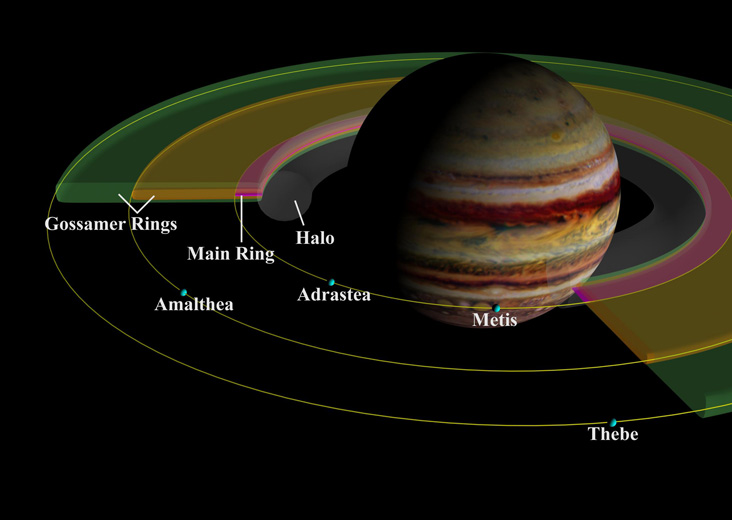
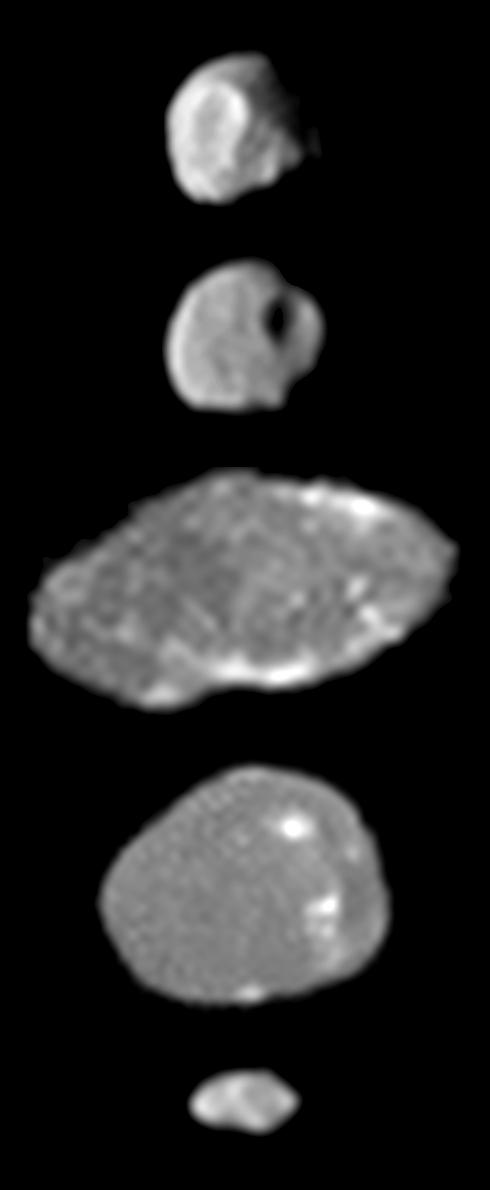
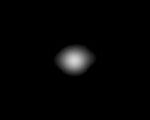
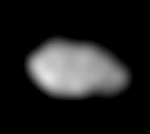
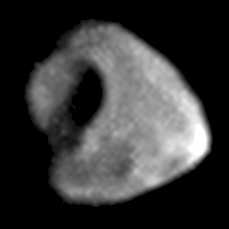
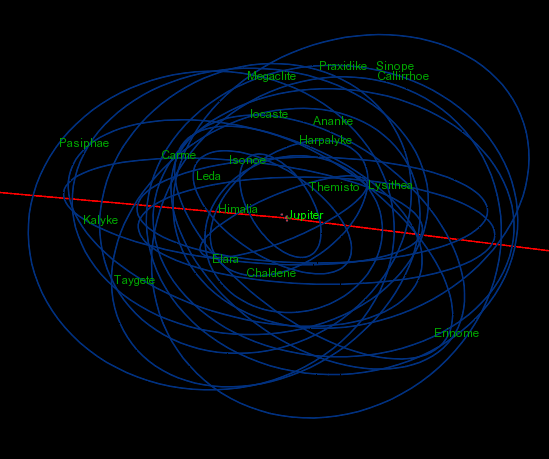
Complex System
Jupiter Small Satellite Montage
Adrastea
Metis
Thebe
Jupiter's Irregular Outer Moons




